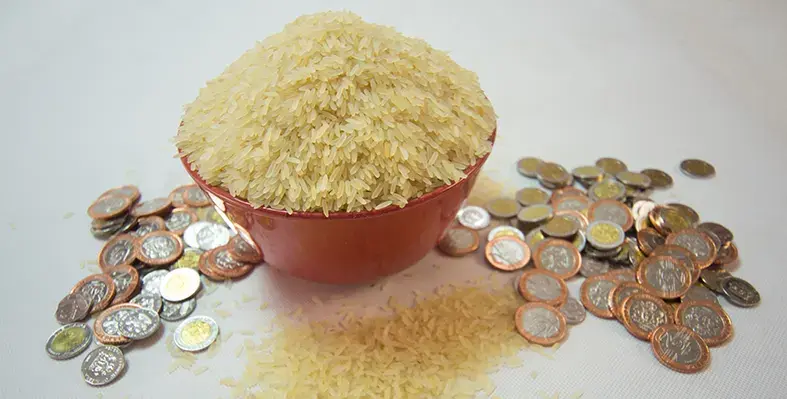Nigeria’s headline inflation rate eased to 18.02% in September 2025, signaling a continued cooling of price pressures across the nation, according to the National Bureau of Statistics (NBS)
In its Consumer Price Index and Inflation Report published in Abuja, the agency stated that this figure marked a 2.1% point decrease from August’s 20.12% rate. Compared with September 2024, the current rate is 14.68%age points lower than the 32.70% recorded then, underlining a notable deceleration in inflation year‑on‑year.
The NBS credited the slowdown to milder increases in prices of essential goods and services. Among the primary drivers of inflation were Food and Non‑Alcoholic Beverages, contributing 7.21%; Restaurants and Accommodation Services at 2.33%; and Transport at 1.92%. On the other hand, sectors such as Recreation and Culture (0.06%), Alcoholic Beverages and Tobacco (0.07%), and Insurance and Financial Services (0.08%) exerted the least upward pressure on prices.
Food inflation, in particular, underwent a substantial moderation. It declined to 16.87% year‑on‑year, down sharply from 37.77% in September 2024—a drop of 20.9%age points. The NBS partly attributed this shift to the CPI rebasing exercise, as well as a fall in average prices of staples including maize, garri, beans, millet, potatoes, onions, eggs, tomatoes, and fresh pepper.
Core inflation excluding volatile agricultural produce and energy stood at 19.53%. Meanwhile, inflation in urban areas registered at 17.50%, with rural regions slightly higher at 18.26%.
State‑level figures reveal disparities. The highest rates of inflation were observed in Adamawa (23.69%), Katsina (23.53%), and Nasarawa (22.29%). Conversely, Anambra (9.28%), Niger (11.79%), and Bauchi (12.36%) experienced the slowest general inflation. In terms of food inflation, Ekiti (28.68%), Rivers (24.18%), and Nasarawa (22.74%) led the increases, while Bauchi (2.81%), Niger (8.38%), and Anambra (8.41%) recorded the slowest growth in food prices.
Following the recent CPI rebasing, the overall index stood at 127.7 points in September, up from 126.8 points in August 2025, reflecting the general movement in price levels nationwide.
For agriculture stakeholders, the drop in inflation particularly in food staples offers some respite. Lower input and commodity price pressures may ease operations and improve margins for farmers and agribusinesses. As inflation slows further, the sector could see more predictable cost structures and better planning horizons for planting, harvesting, and supply chain logistics.








